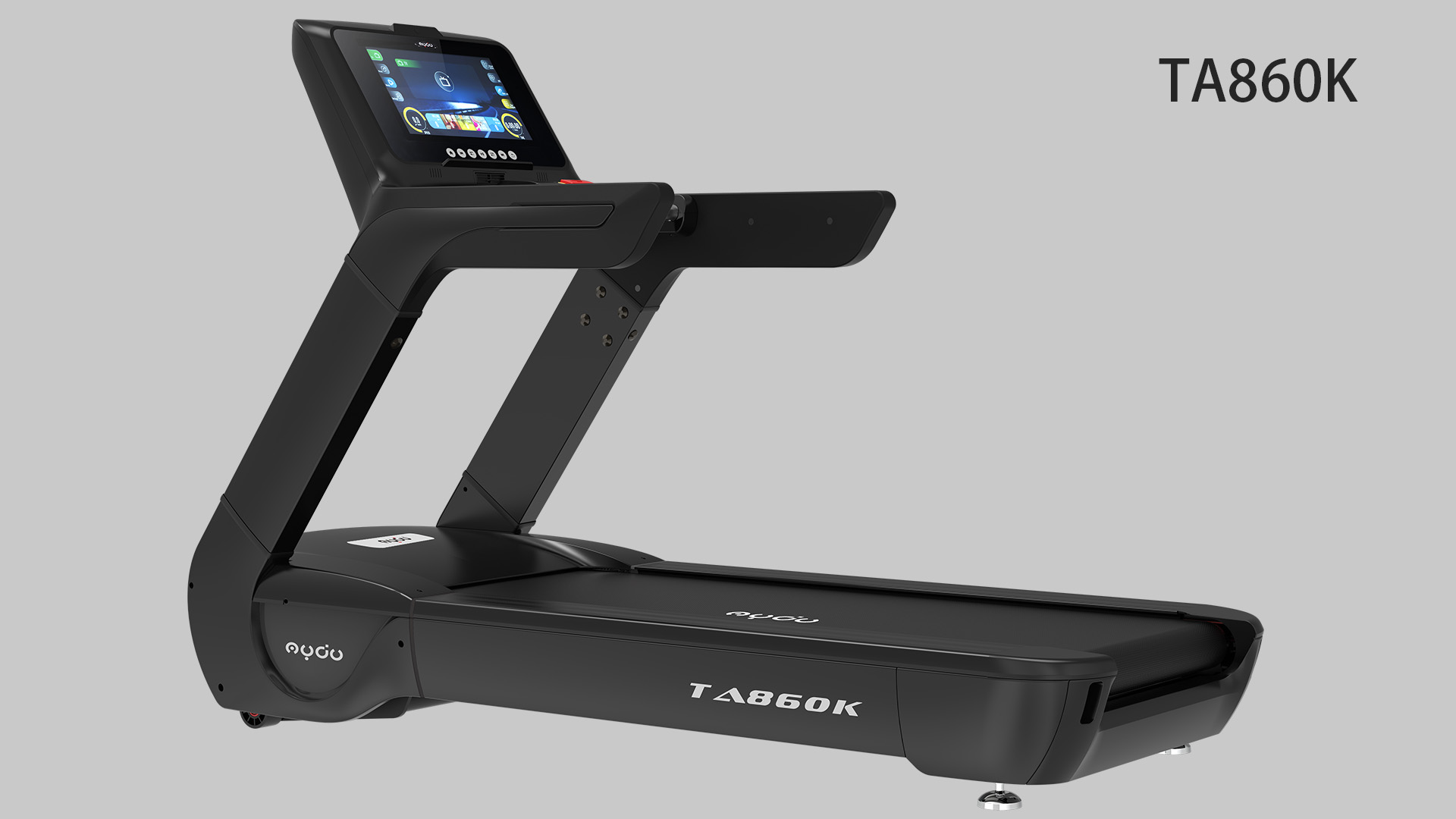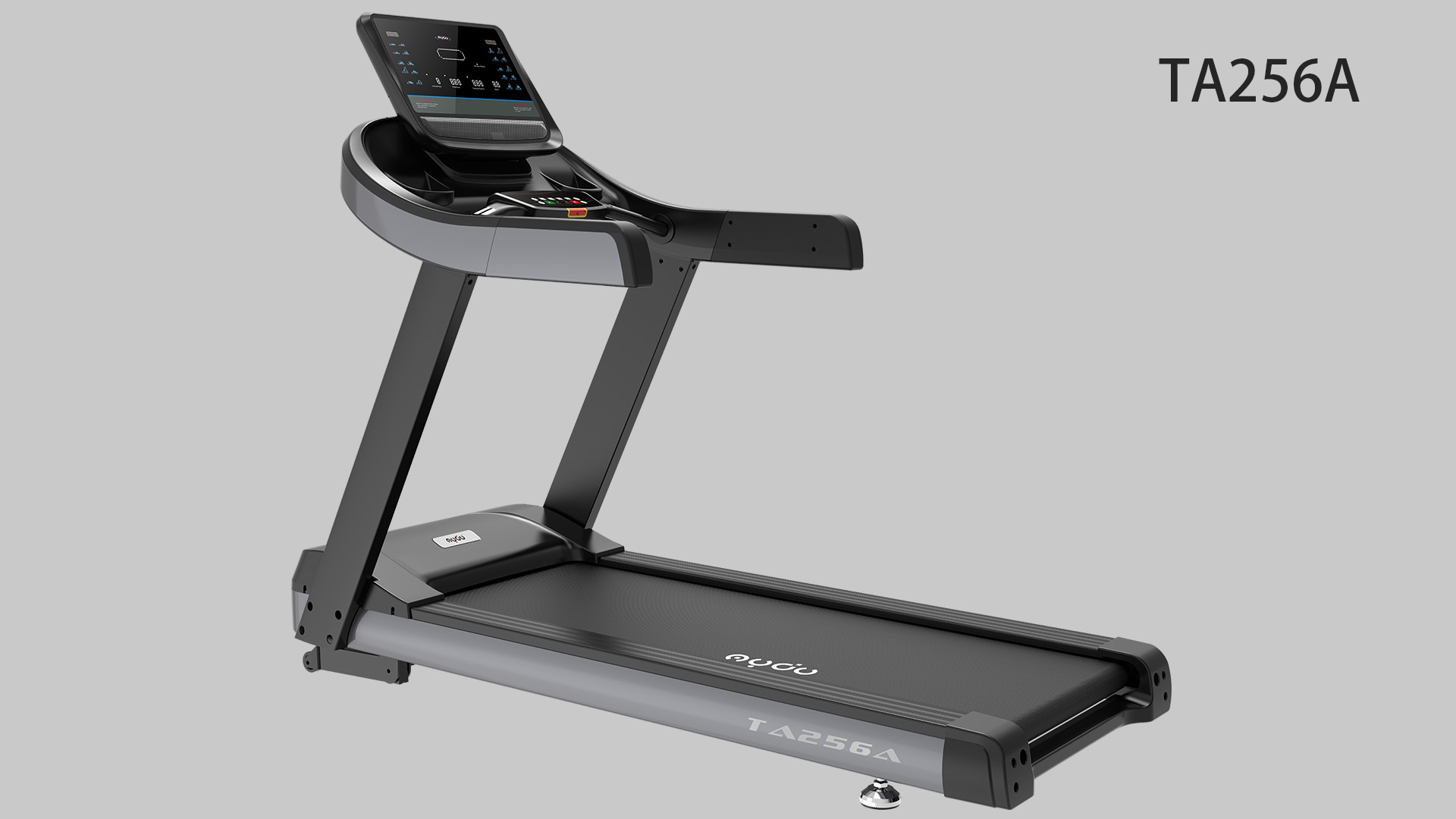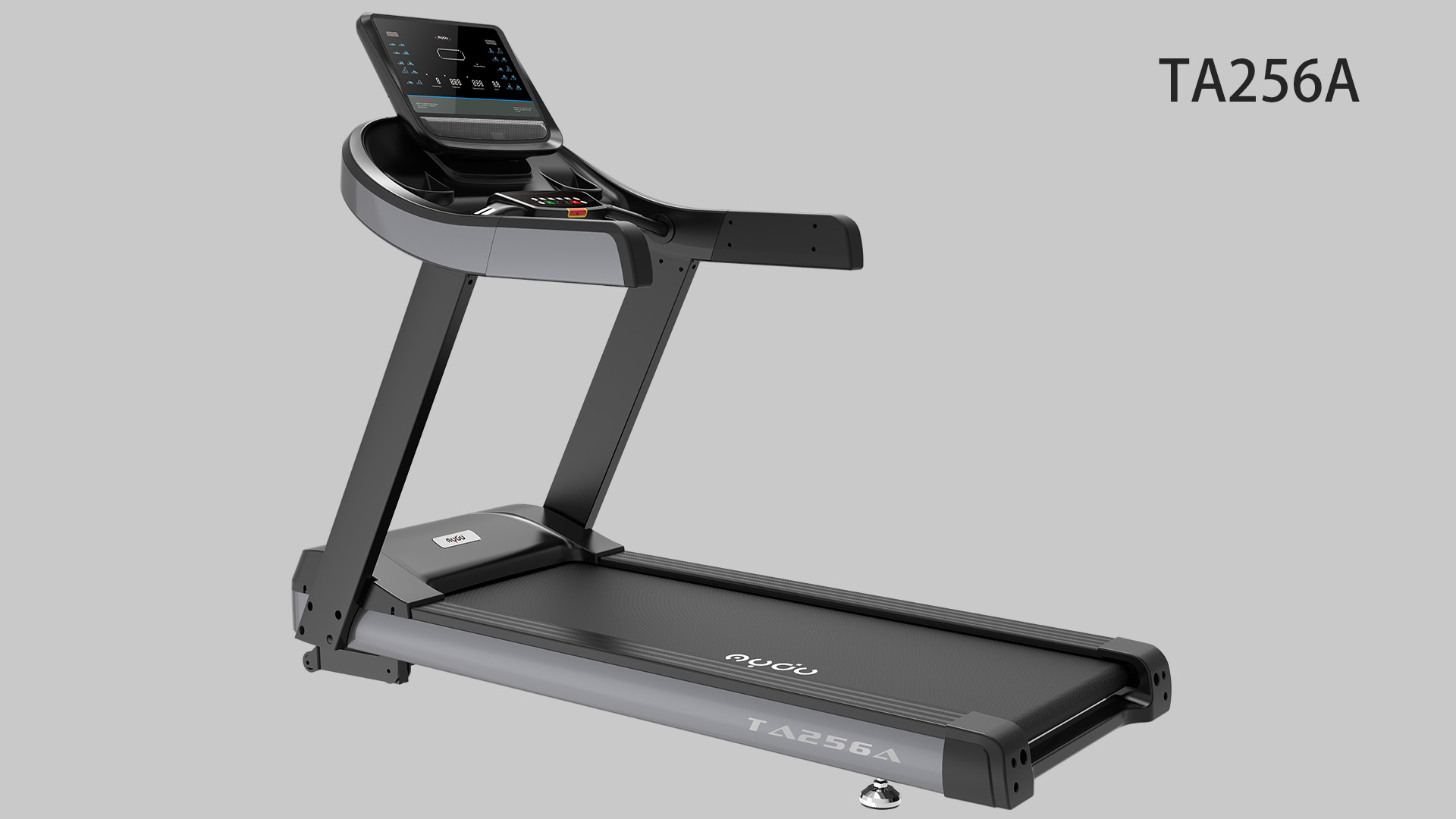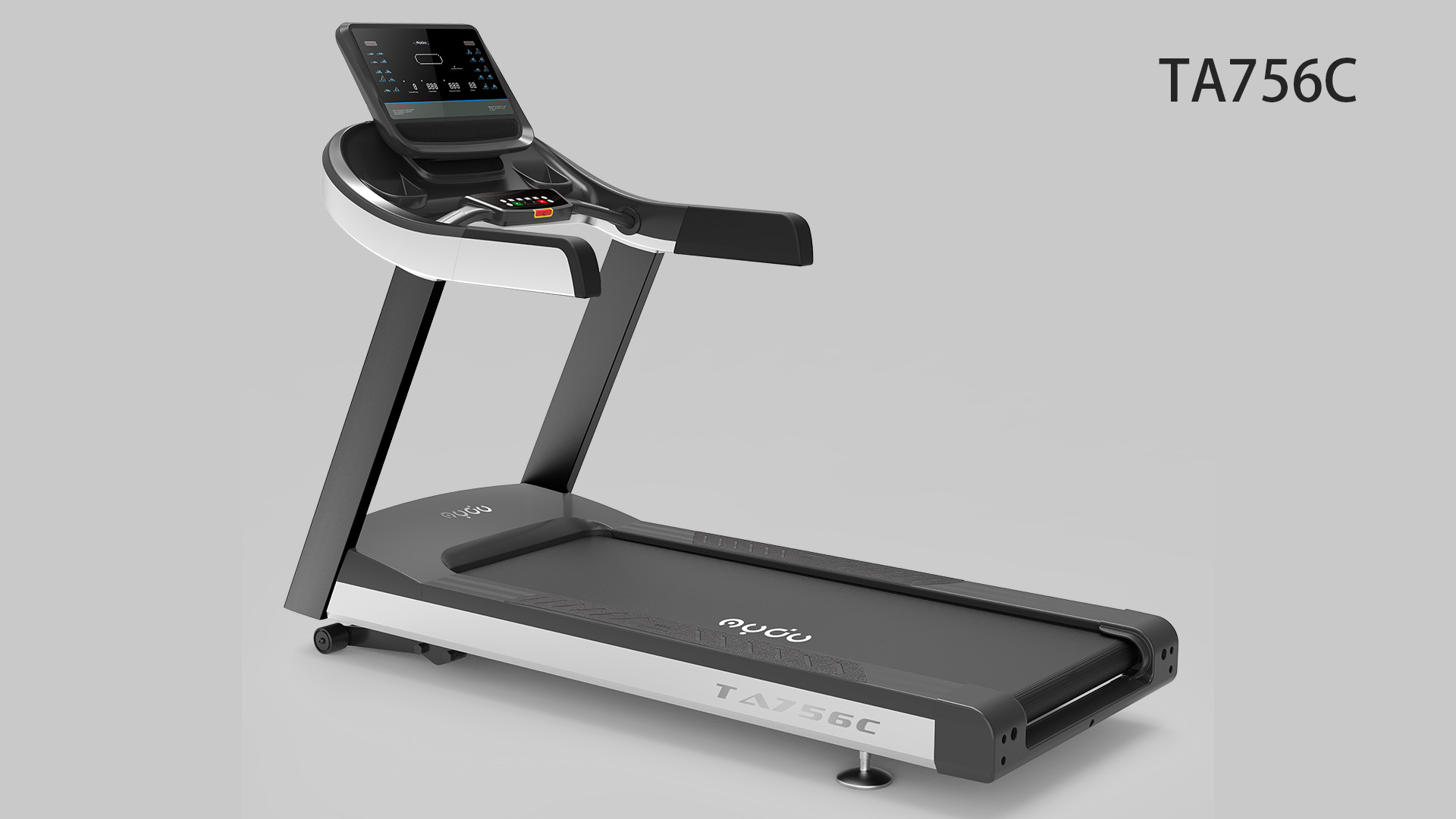When people think of football training, their first impression is often of passing, shooting, and tackling on the green pitch, or endurance jogging on outdoor tracks. However, in modern scientific football training systems, treadmills are no longer just "ordinary gym equipment"—they have become core tools for professional players to improve physical fitness, enhance specialized skills, simulate tactical scenarios, and even recover from injuries. From Premier League star Erling Haaland to Bundesliga striker Patrik Schick, and top national team players, treadmills occupy a crucial position in their training plans. They not only address the limitations of outdoor training but also precisely meet the complex demands of football, serving as the "secret driver" behind players’ competitiveness.

I. Why Do Football Players Need Treadmills? — Debunking the Myth of "Outdoor Training as a Panacea"
Football is a comprehensive sport that combines aerobic endurance, anaerobic explosive power, tactical rhythm, and physical confrontation. Over a 90-minute match, a player runs an average of 10-12 kilometers, including more than 200 sprints, over 50 direction changes, and upwards of 30 physical challenges—placing extremely high demands on the "comprehensiveness" and "precision" of their physical fitness. Outdoor training, however, is heavily influenced by factors like weather (rain, snow, extreme heat), terrain (flatness, inclines), and environment (wind speed, distractions), making it difficult to achieve "controlled, refined" training. Treadmills perfectly make up for these shortcomings:

1. Precise Intensity Control to Avoid "Ineffective Training"
Physical energy consumption in football matches is not a "constant output"—it follows an alternating pattern of "low-intensity jogging (possession phase) + medium-intensity running (transition between attack and defense) + high-intensity sprints (counterattacks and defensive recoveries)." During outdoor training, a player’s speed and heart rate are easily affected by terrain or teammates, making it hard to maintain stability within the target range. Treadmills, by contrast, allow for precise setting of speed (from 6 km/h for jogging to 25 km/h for sprints), incline (0°-15° to simulate uphill or downhill running), and duration, enabling players to train under "controlled intensity." For example, to improve aerobic endurance, coaches might design an aerobic run where "heart rate is maintained at 60%-70% of maximum heart rate (MHR), speed at 7 km/h, and duration at 45 minutes," ensuring the training effect stays "below the lactate threshold" and preventing premature fatigue.
Take Manchester City striker Erling Haaland as an example: he does two treadmill-based aerobic training sessions per week, with a fixed speed of 6.5 km/h and heart rate controlled between 130-140 beats per minute (his MHR is approximately 200 beats per minute). This "stable intensity" training solidifies his aerobic foundation, which is key to his ability to still execute high-speed sprints in the 80th minute of a match.

2. Simulating Match Scenarios for "Tactical Training"
"Special scenarios" in football matches are difficult to accurately replicate through outdoor training. For instance, when facing a team skilled at counterattacks (such as Union Berlin), players need to simulate "high-speed defensive recoveries during opponents’ counterattacks"; when playing at a stadium with steep inclines (like Aston Villa’s Villa Park), they need to adapt to "lower-body force application during uphill running." Treadmills can recreate these scenarios through "sudden speed changes" and "incline adjustments":
Simulating counterattack recoveries: Set the treadmill to accelerate from 10 km/h to 22 km/h within 10 seconds, allowing players to practice "quick starts + sprints" to enhance neural response speed and lower-body explosive power.
Simulating uphill scenarios: Set the incline to 8° and maintain a speed of 12 km/h, simulating "uphill running during wing breakthroughs" in matches to strengthen the endurance of calf and thigh muscles.
When Bundesliga side Bayer Leverkusen was preparing for the "steep sections at the BayArena," they used treadmills to simulate a 10° incline, allowing their wingers to adapt in advance to "physical energy distribution during uphill running" and avoid speed loss due to inclines in the match.

3. Low-Impact Protection for Injury Recovery and Prevention oem work desk treadmill oem up treadmill factory fold up treadmill factory oem work desk treadmill oem up treadmill factory fold up treadmill factory oem work desk treadmill oem up treadmill factory fold up treadmill factory oem work desk treadmill oem up treadmill factory fold up treadmill factory oem work desk treadmill oem up treadmill factory fold up treadmill factory oem work desk treadmill oem up treadmill factory fold up treadmill oem work desk treadmill oem up treadmill factory fold up treadmill factory oem work desk treadmill oem up treadmill factory fold up treadmill factory oem work desk treadmill oem up treadmill factory fold up treadmill factory oem work desk treadmill oem up treadmill factory fold up treadmill factoryfactory fold up treadmill factory fold up treadmill factory fold up treadmill factory fold up treadmill factory fold up treadmill factory fold up treadmill factory fold up treadmill factory fold up treadmill factory fold up treadmill factory
Most football injuries occur in the lower limbs (knees, ankles, muscle strains). Outdoor hard-surface training can easily increase joint strain, but the "shock absorption function" of treadmills (with shock absorption coefficients of up to 80% for some high-end models) significantly reduces landing impact. For example, during post-knee-surgery recovery, a player can do "low-speed, impact-free" jogging on a treadmill—restoring physical fitness while avoiding secondary joint injuries.






